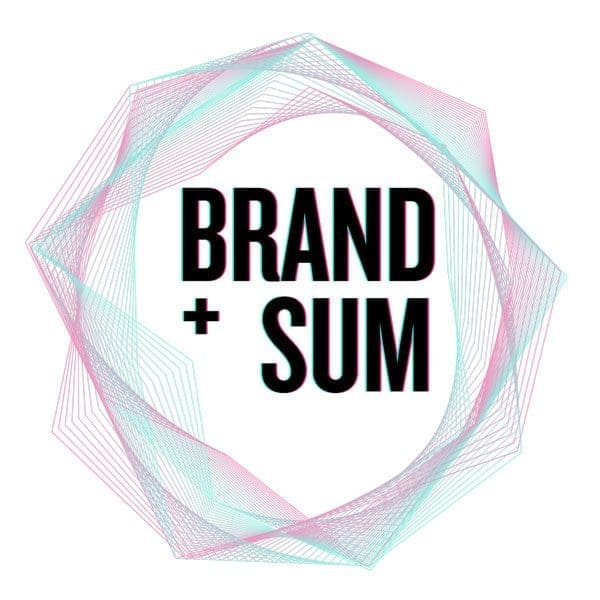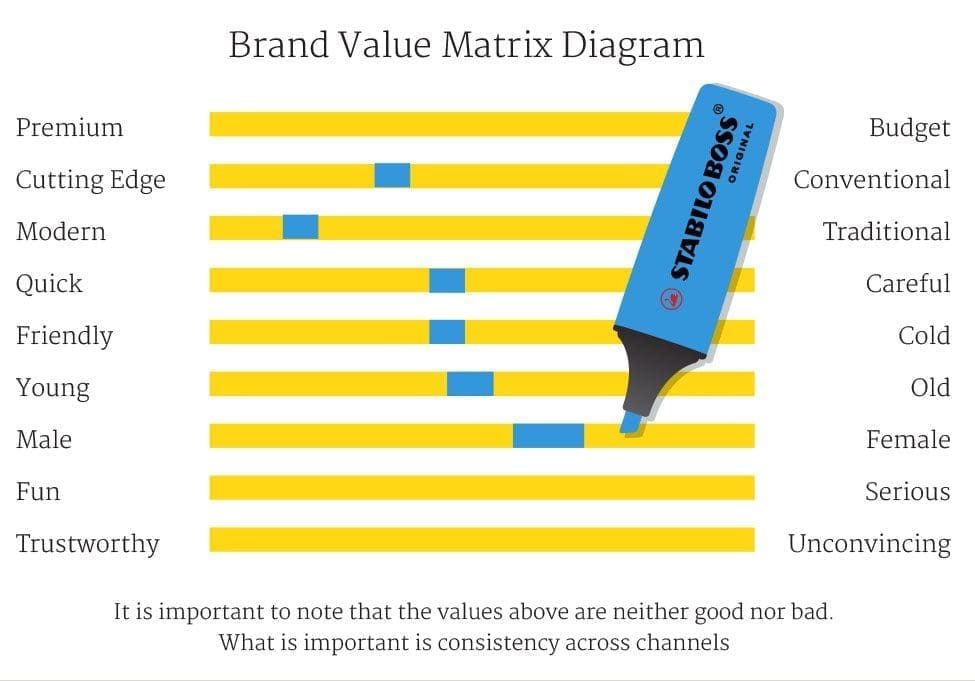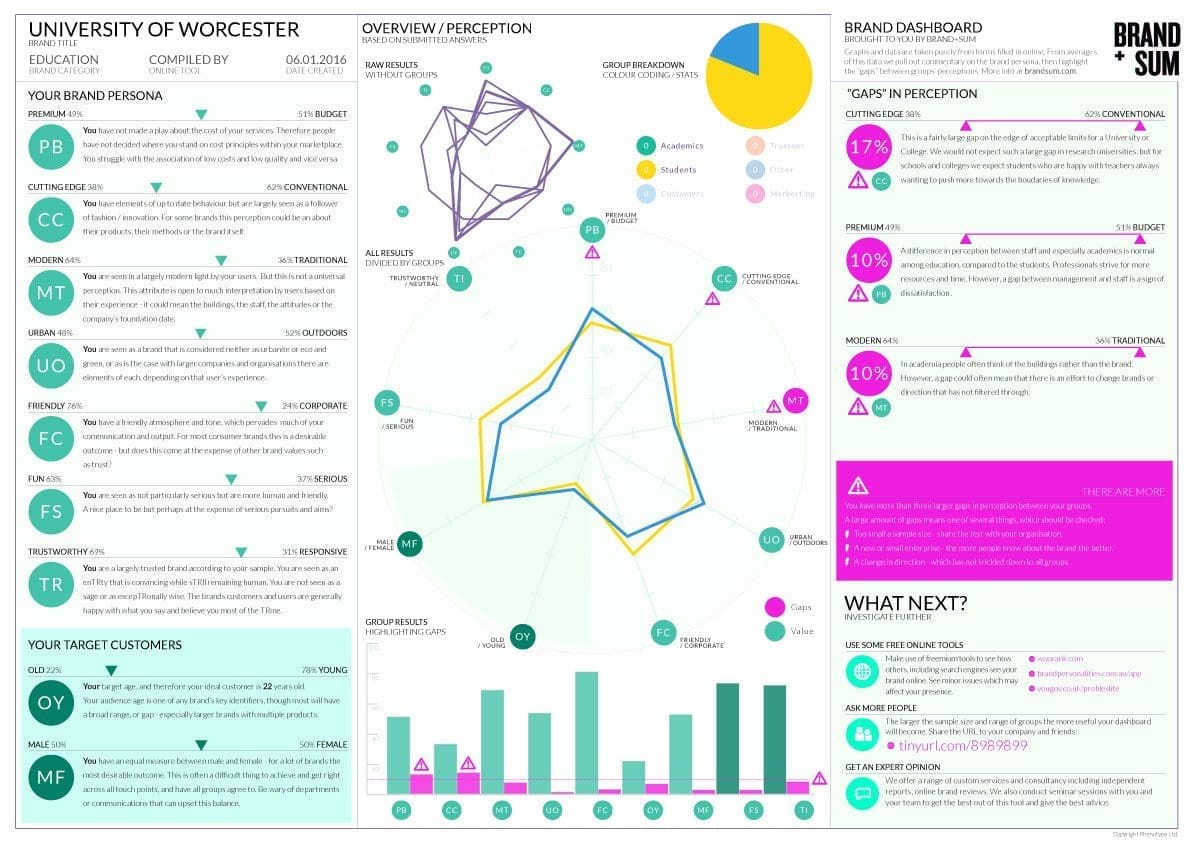We love to think about brands
Brand Sum+
A quick and simple method for seeing differences in how people think about a brand.
A unique, human-led approach requiring minimal input, which started off as a research project.
Gosh aren’t we clever
Define a brand in 3mins
A key strategy we use on tricky briefs
Turns design briefs into math
See for yourself
brandsum.practically.io

Looking at your brand from a human perspective
- We reconstruct a creative brief
- We reverse engineer your brand values having no previous knowledge of your marketing objectives
- We help you get these aligned
Why is this useful?
- An external, fresh yet experienced view
- Great for jargon busting
- See if your website is communicating what you think it is
A holistic health check of your digital footprint
Under the Hood
The algorithms and math are pretty simple – this is a new concept rather than new equation. A simple WordPress site with some clever signups and jQuery graphs attached.
Why we think
This project is sexy
BrandSum+ is unique and it is simple. We think it is really useful – especially when rebrands or rethinks are in play.
BrandSum+ is also useful as a teaching tool. You pick a brand, such as Sports Direct. Then everyone sees what the group thinks the brand values are. Then the brief is to invert that graph in one aspect. So for example Sports Direct has a clear brand value that points to cheap / economic. What would the brand and logo look like if this one aspect was made expensive.
Paul Bay – Citizen Brand
“This could solve a lot of problems I have describing a company to that company.”

And we still use it when we need to do an in-depth brand analysis. Because it is built on ever-green principles, which do not go out of style, or become out-dated, we find BrandSum to be a continuously useful tool in our arsenal.
BrandSum started as a research project as part of Sam Collett’s work at University of Worcester, UK. It appeared in a research exhibition too.


BrandSum can be turned into an automatically generated poster style dashboard of areas to ‘fix’ or take note of. Shown is the University of Worcester’s actual output.
Anon Management Staff – University of Worcester
“Well now, how interesting… I was not expecting that.“

The do it yourself, free to download, open source version can be found at brandsum.practically.io/digital-brand-review/diy/
